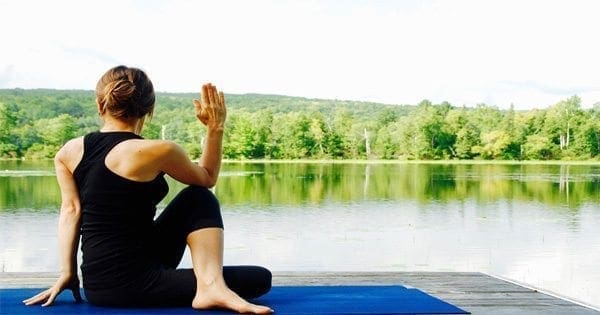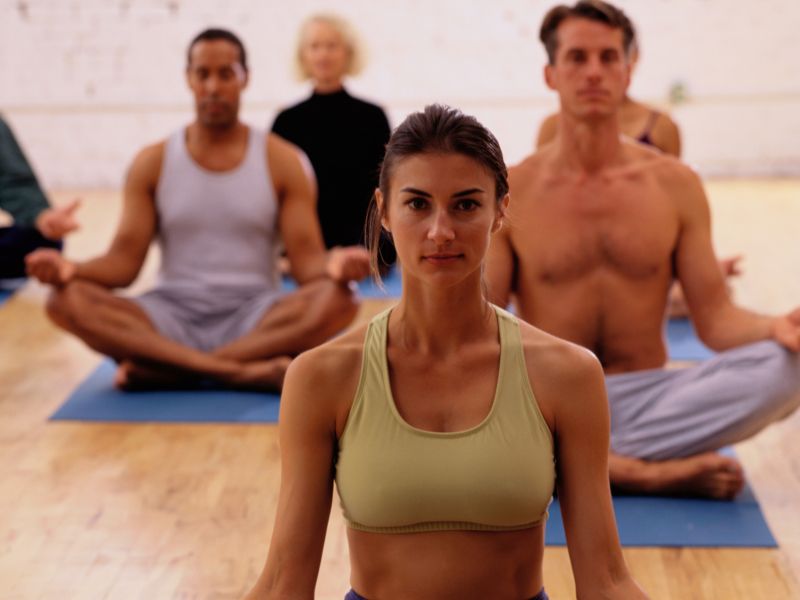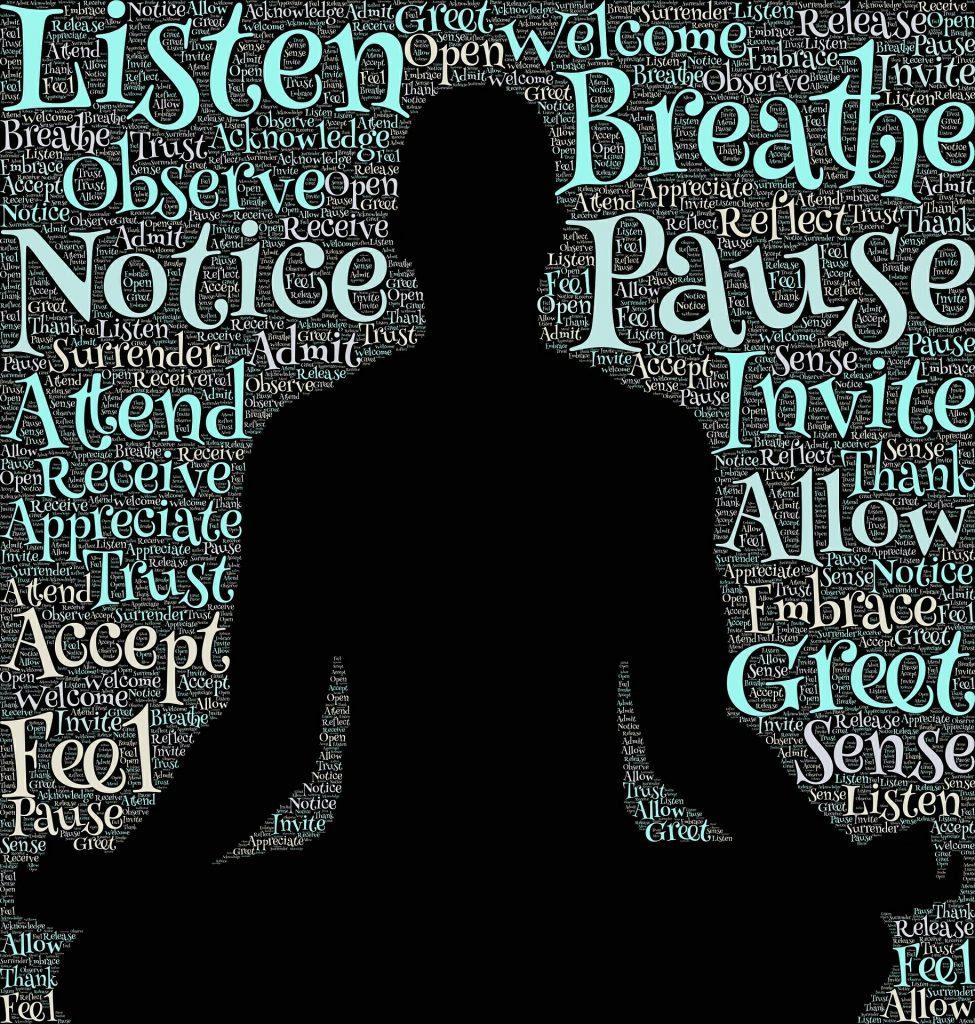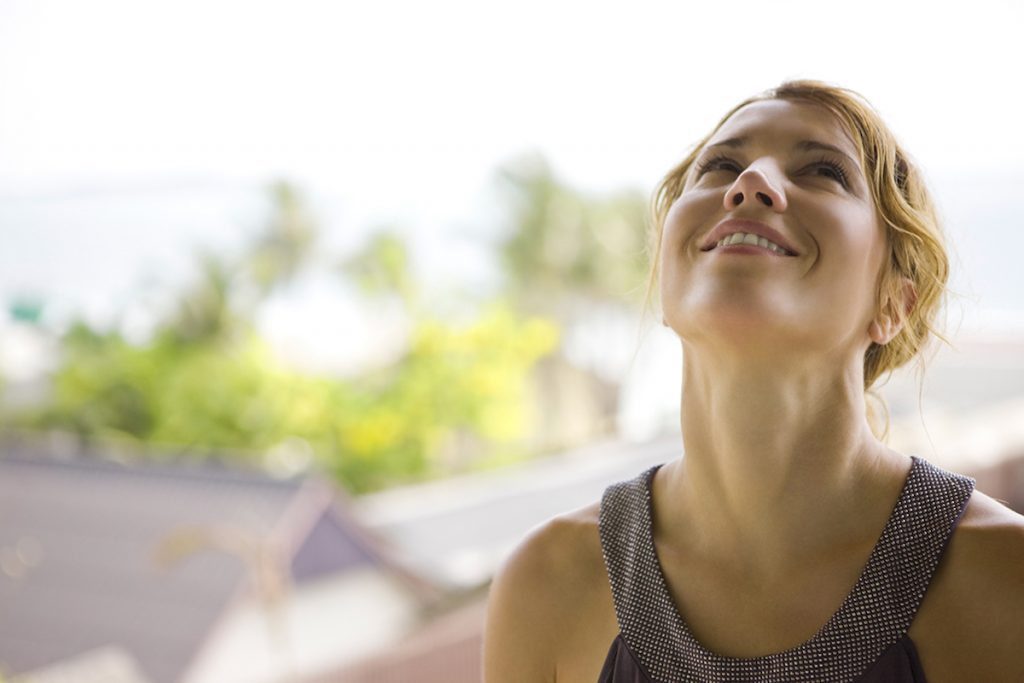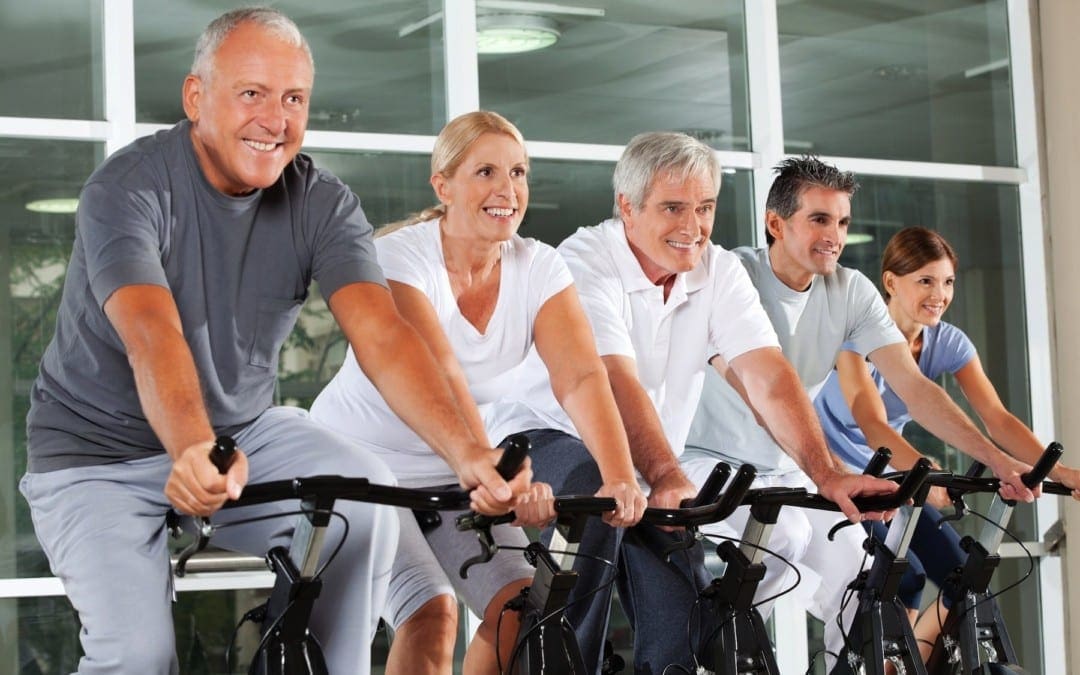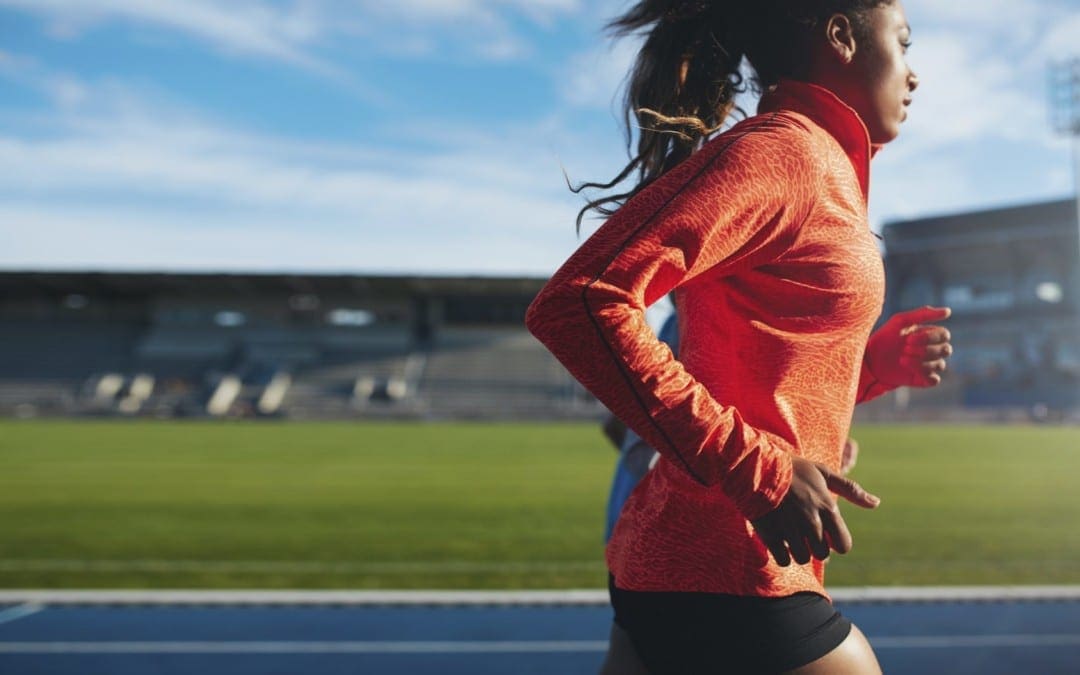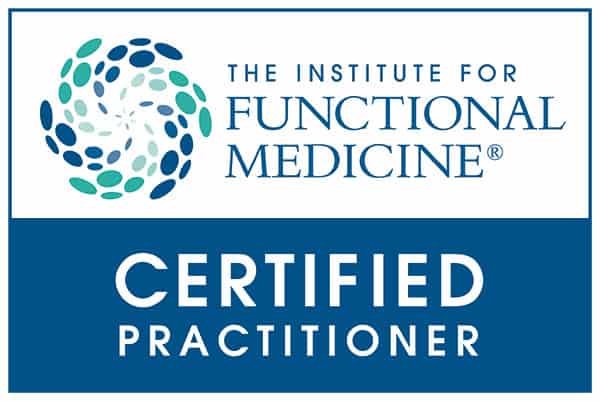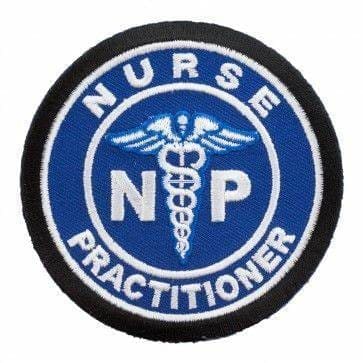With the 2016 high school football regular season over, it�s time to take a look back at all the action we covered. �Our Chief Photog, Andres Acosta, was at some of the hardest-hitting, most entertaining games in the Borderland, now take a look back at all he captured via �A Story in Many Pics.�
Horizon Scorpions vs Canutillo Eagles.
Austin Vs El Paso- EPHS Centennial Celebration
Week 2: Bel Air at Eastwood
Week 2: Bel Air at Eastwood
Cobre Indians vs El Paso Tigers, Week 1 of Tx High School Football
Bi-District 5A game between Chapin Huskies vs Del Valle Conquistadores, Conquest Stadium
Cobre Indians vs El Paso Tigers, Week 1 of Tx High School Football
El Dorado Aztecs vs Eastlake Falcons, Week One of Texas High School Football
District 1-6A showdown between the El Dorado Aztecs vs Montwood Rams
Del Valle at Ysleta / Hutchins Stadium
Austin Vs El Paso- EPHS Centennial Celebration
Senior Running back #11 Aaron Moya hurdles over Del Valle�s #13 Jose Valenzuela during the Canutillo Eagles at Del Valle Conquistadores in a district 2-5A showdown at Conquest Stadium
Andress Eagles vs EL Paso Tigers
Week 2: Bel Air at Eastwood
Week 2: Bel Air at Eastwood
Canutillo Eagles at Del Valle Conquistadores in a district 2-5A showdown at Conquest Stadium
Bi-District 5A game between Chapin Huskies vs Del Valle Conquistadores, Conquest Stadium
Del Valle at Ysleta / Hutchins Stadium
Del Valle at Ysleta / Hutchins Stadium
Week 2: Bel Air at Eastwood
District 1-6A showdown between the El Dorado Aztecs vs Montwood Rams
Bi-District 5A game between Chapin Huskies vs Del Valle Conquistadores, Conquest Stadium
Eastlake at Riverside / Ranger Stadium
Chapin Huskies vs Bowie Bears,
Canutillo Eagles at Del Valle Conquistadores in a district 2-5A showdown at Conquest Stadium
Senior Running back #11 Aaron Moya Canutillo Eagles at Del Valle Conquistadores in a district 2-5A showdown at Conquest Stadium
Austin Vs El Paso- EPHS Centennial Celebration
Week 2: Bel Air at Eastwood
Canutillo Eagles at Del Valle Conquistadores in a district 2-5A showdown at Conquest Stadium
El Dorado Aztecs vs Eastlake Falcons, Week One of Texas High School Football
Chapin Huskies vs Bowie Bears,
Horizon Scorpions vs Canutillo Eagles.
Andress Eagles vs EL Paso Tigers
Horizon Scorpions vs Canutillo Eagles.
Senior Running back #11 Aaron Moya Canutillo Eagles at Del Valle Conquistadores in a district 2-5A showdown at Conquest Stadium
Horizon Scorpions vs Canutillo Eagles.
El Dorado Aztecs vs Eastlake Falcons, Week One of Texas High School Football
Chapin Huskies vs Bowie Bears,
Week 2: Bel Air at Eastwood
Austin Vs El Paso- EPHS Centennial Celebration
Horizon Scorpions vs Canutillo Eagles.
Bi-District 5A game between Chapin Huskies vs Del Valle Conquistadores, Conquest Stadium
Del Valle at Ysleta / Hutchins Stadium
Austin Vs El Paso- EPHS Centennial Celebration
Andress Eagles vs EL Paso Tigers
Del Valle at Ysleta / Hutchins Stadium
Bi-District 5A game between Chapin Huskies vs Del Valle Conquistadores, Conquest Stadium
Cobre Indians vs El Paso Tigers, Week 1 of Tx High School Football
Eastlake at Riverside / Ranger Stadium
Horizon Scorpions vs Canutillo Eagles.
District 1-6A showdown between the El Dorado Aztecs vs Montwood Rams
Chapin Huskies vs Bowie Bears,
Austin Vs El Paso- EPHS Centennial Celebration
Austin Vs El Paso- EPHS Centennial Celebration
Austin Vs El Paso- EPHS Centennial Celebration
Horizon Scorpions vs Canutillo Eagles.
District 1-6A showdown between the El Dorado Aztecs vs Montwood Rams
Chapin Huskies vs Bowie Bears,
Andress Eagles vs EL Paso Tigers
Week 2: Bel Air at Eastwood
Week 2: Bel Air at Eastwood
Week 2: Bel Air at Eastwood
Andress Eagles vs EL Paso Tigers
Austin Vs El Paso- EPHS Centennial Celebration
Eagles Linebacker #21 Pablo Marquez chases down Conquistadors QB Raymond Montez #5 for the QB sack during the Canutillo Eagles at Del Valle Conquistadores in a district 2-5A showdown at Conquest Stadium
Austin Vs El Paso- EPHS Centennial Celebration
District 1-6A showdown between the El Dorado Aztecs vs Montwood Rams
Austin Vs El Paso- EPHS Centennial Celebration
Chapin Huskies vs Bowie Bears,
Austin Vs El Paso- EPHS Centennial Celebration
Week 2: Mayfield at Del Valle
Chapin Huskies vs Bowie Bears,
Andress Eagles vs EL Paso Tigers
District 1-6A showdown between the El Dorado Aztecs vs Montwood Rams
Canutillo Eagles at Del Valle Conquistadores in a district 2-5A showdown at Conquest Stadium
Bi-District 5A game between Chapin Huskies vs Del Valle Conquistadores, Conquest Stadium
Del Valle at Ysleta / Hutchins Stadium
Week 2: Mayfield at Del Valle
Chapin Huskies vs Bowie Bears,
Austin Vs El Paso- EPHS Centennial Celebration
Horizon Scorpions vs Canutillo Eagles.
Canutillo Eagles at Del Valle Conquistadores in a district 2-5A showdown at Conquest Stadium
District 1-6A showdown between the El Dorado Aztecs vs Montwood Rams
Cobre Indians vs El Paso Tigers, Week 1 of Tx High School Football
Chapin Huskies vs Bowie Bears,
Week 2: Mayfield at Del Valle
Canutillo Eagles at Del Valle Conquistadores in a district 2-5A showdown at Conquest Stadium
Horizon Scorpions vs Canutillo Eagles.
El Dorado Aztecs vs Eastlake Falcons, Week One of Texas High School Football
Week 2: Bel Air at Eastwood
Austin Vs El Paso- EPHS Centennial Celebration
Horizon Scorpions vs Canutillo Eagles.
Week 2: Bel Air at Eastwood
El Dorado Aztecs vs Eastlake Falcons, Week One of Texas High School Football
Week 2: Mayfield at Del Valle
Eastlake at Riverside / Ranger Stadium
District 1-6A showdown between the El Dorado Aztecs vs Montwood Rams
Austin Vs El Paso- EPHS Centennial Celebration
Week 2: Bel Air at Eastwood
Week 2: Mayfield at Del Valle
Week 2: Mayfield at Del Valle
Austin Vs El Paso- EPHS Centennial Celebration
Chapin Huskies vs Bowie Bears,
Week 2: Mayfield at Del Valle
Austin Vs El Paso- EPHS Centennial Celebration
Chapin Huskies vs Bowie Bears,
Canutillo Eagles at Del Valle Conquistadores in a district 2-5A showdown at Conquest Stadium
District 1-6A showdown between the El Dorado Aztecs vs Montwood Rams
Austin Vs El Paso- EPHS Centennial Celebration
Austin Vs El Paso- EPHS Centennial Celebration
Eastlake at Riverside / Ranger Stadium
Bi-District 5A game between Chapin Huskies vs Del Valle Conquistadores, Conquest Stadium
Austin Vs El Paso- EPHS Centennial Celebration
Austin Vs El Paso- EPHS Centennial Celebration
Austin Vs El Paso- EPHS Centennial Celebration
Eastlake at Riverside / Ranger Stadium
Chapin Huskies vs Bowie Bears,
Andress Eagles vs EL Paso Tigers
Andress Eagles vs EL Paso Tigers
Week 2: Bel Air at Eastwood
Eastlake at Riverside / Ranger Stadium
Canutillo Eagles at Del Valle Conquistadores in a district 2-5A showdown at Conquest Stadium
Canutillo Eagles at Del Valle Conquistadores in a district 2-5A showdown at Conquest Stadium
Andress Eagles vs EL Paso Tigers
District 1-6A showdown between the El Dorado Aztecs vs Montwood Rams
Bi-District 5A game between Chapin Huskies vs Del Valle Conquistadores, Conquest Stadium
Canutillo Eagles at Del Valle Conquistadores in a district 2-5A showdown at Conquest Stadium
Chapin Huskies vs Bowie Bears,
Austin Vs El Paso- EPHS Centennial Celebration
Horizon Scorpions vs Canutillo Eagles.
Chapin Huskies vs Bowie Bears,
Bi-District 5A game between Chapin Huskies vs Del Valle Conquistadores, Conquest Stadium
Week 2: Mayfield at Del Valle
Chapin Huskies vs Bowie Bears,
Austin Vs El Paso- EPHS Centennial Celebration
Austin Vs El Paso- EPHS Centennial Celebration
Chapin Huskies vs Bowie Bears,
canutillo Eagles at Del Valle Conquistadores in a district 2-5A showdown at Conquest Stadium
Andress Eagles vs EL Paso Tigers
Austin Vs El Paso- EPHS Centennial Celebration
Austin Vs El Paso- EPHS Centennial Celebration
Andress Eagles vs EL Paso Tigers
Bi-District 5A game between Chapin Huskies vs Del Valle Conquistadores, Conquest Stadium
District 1-6A showdown between the El Dorado Aztecs vs Montwood Rams
El Dorado Aztecs vs Eastlake Falcons, Week One of Texas High School Football
Cobre Indians vs El Paso Tigers, Week 1 of Tx High School Football
Del Valle at Ysleta / Hutchins Stadium
Week 2: Bel Air at Eastwood
Austin Vs El Paso- EPHS Centennial Celebration
Bi-District 5A game between Chapin Huskies vs Del Valle Conquistadores, Conquest Stadium
Canutillo Eagles at Del Valle Conquistadores in a district 2-5A showdown at Conquest Stadium
Cobre Indians vs El Paso Tigers, Week 1 of Tx High School Football
Austin Vs El Paso- EPHS Centennial Celebration
Cobre Indians vs El Paso Tigers, Week 1 of Tx High School Football
Week 2: Bel Air at Eastwood
Chapin Huskies vs Bowie Bears,
District 1-6A showdown between the El Dorado Aztecs vs Montwood Rams
Horizon Scorpions vs Canutillo Eagles.
Del Valle at Ysleta / Hutchins Stadium
El Dorado Aztecs vs Eastlake Falcons, Week One of Texas High School Football
Cobre Indians vs El Paso Tigers, Week 1 of Tx High School Football
Week 2: Bel Air at Eastwood
Horizon Scorpions vs Canutillo Eagles.
Horizon Scorpions vs Canutillo Eagles.
Week 2: Bel Air at Eastwood
Austin Vs El Paso- EPHS Centennial Celebration
Chapin Huskies vs Bowie Bears,
District 1-6A showdown between the El Dorado Aztecs vs Montwood Rams
Chapin Huskies vs Bowie Bears,
Chapin Huskies vs Bowie Bears,
Del Valle at Ysleta / Hutchins Stadium
Del Valle at Ysleta / Hutchins Stadium
Chapin Huskies vs Bowie Bears,
Week 2: Mayfield at Del Valle
Senior Running back #11 Aaron Moya hurdles over Del Valle�s #13 Jose Valenzuela during the Canutillo Eagles at Del Valle Conquistadores in a district 2-5A showdown at Conquest Stadium
Horizon Scorpions vs Canutillo Eagles.
El Dorado Aztecs vs Eastlake Falcons, Week One of Texas High School Football
Week 2: Mayfield at Del Valle
District 1-6A showdown between the El Dorado Aztecs vs Montwood Rams
Week 2: Bel Air at Eastwood
Austin Vs El Paso- EPHS Centennial Celebration
District 1-6A showdown between the El Dorado Aztecs vs Montwood Rams
Austin Vs El Paso- EPHS Centennial Celebration
Chapin Huskies vs Bowie Bears,
Austin Vs El Paso- EPHS Centennial Celebration
Andress Eagles vs EL Paso Tigers
Chapin Huskies vs Bowie Bears,
District 1-6A showdown between the El Dorado Aztecs vs Montwood Rams
Week 2: Bel Air at Eastwood
Chapin Huskies vs Bowie Bears,
Del Valle at Ysleta / Hutchins Stadium
Austin Vs El Paso- EPHS Centennial Celebration
Senior Running back #11 Aaron Moya hurdles over Del Valle�s #13 Jose Valenzuela during the Canutillo Eagles at Del Valle Conquistadores in a district 2-5A showdown at Conquest Stadium
Week 2: Mayfield at Del Valle
Chapin Huskies vs Bowie Bears,
Horizon Scorpions vs Canutillo Eagles.
Horizon Scorpions vs Canutillo Eagles.
El Dorado Aztecs vs Eastlake Falcons,
Austin Vs El Paso- EPHS Centennial Celebration
Bi-District 5A game between Chapin Huskies vs Del Valle Conquistadores, Conquest Stadium
Canutillo Eagles at Del Valle Conquistadores in a district 2-5A showdown at Conquest Stadium
Austin Vs El Paso- EPHS Centennial Celebration
Cobre Indians vs El Paso Tigers, Week 1 of Tx High School Football
Del Valle at Ysleta / Hutchins Stadium
Cobre Indians vs El Paso Tigers, Week 1 of Tx High School Football
Andress Eagles vs EL Paso Tigers
Chapin Huskies vs Bowie Bears,
District 1-6A showdown between the El Dorado Aztecs vs Montwood Rams
Cobre Indians vs El Paso Tigers, Week 1 of Tx High School Football
Cobre Indians vs El Paso Tigers, Week 1 of Tx High School Football
Austin Vs El Paso- EPHS Centennial Celebration
Andress Eagles vs EL Paso Tigers
canutillo Eagles at Del Valle Conquistadores in a district 2-5A showdown at Conquest Stadium
Chapin Huskies vs Bowie Bears,
Week 2: Bel Air at Eastwood
Chapin Huskies vs Bowie Bears,
Andress Eagles vs EL Paso Tigers
Andress Eagles vs EL Paso Tigers
Bi-District 5A game between Chapin Huskies vs Del Valle Conquistadores, Conquest Stadium
Austin Vs El Paso- EPHS Centennial Celebration
Bi-District 5A game between Chapin Huskies vs Del Valle Conquistadores, Conquest Stadium
Senior Running back #11 Aaron Moya Canutillo Eagles at Del Valle Conquistadores in a district 2-5A showdown at Conquest Stadium
Eagles QB #12 Danny Alvarez with the touchdown run during the Canutillo Eagles at Del Valle Conquistadores in a district 2-5A showdown at Conquest Stadium
Del Valle at Ysleta / Hutchins Stadium
Week 2: Bel Air at Eastwood
Andress Eagles vs EL Paso Tigers
Austin Vs El Paso- EPHS Centennial Celebration
Eagles Linebacker #21 Pablo Marquez chases down Conquistadors QB Raymond Montez #5 for the QB sack during the Canutillo Eagles at Del Valle Conquistadores in a district 2-5A showdown at Conquest Stadium
Week 2: Mayfield at Del Valle
Bi-District 5A game between Chapin Huskies vs Del Valle Conquistadores, Conquest Stadium
Austin Vs El Paso- EPHS Centennial Celebration
Austin Vs El Paso- EPHS Centennial Celebration
Chapin Huskies vs Bowie Bears,
Week 2: Bel Air at Eastwood
Bi-District 5A game between Chapin Huskies vs Del Valle Conquistadores, Conquest Stadium
Austin Vs El Paso- EPHS Centennial Celebration
Austin Vs El Paso- EPHS Centennial Celebration
El Dorado Aztecs vs Eastlake Falcons, Week One of Texas High School Football
Week 2: Bel Air at Eastwood
Week 2: Bel Air at Eastwood
Chapin Huskies vs Bowie Bears,
Austin Vs El Paso- EPHS Centennial Celebration
Andress Eagles vs EL Paso Tigers
Week 2: Bel Air at Eastwood
canutillo Eagles at Del Valle Conquistadores in a district 2-5A showdown at Conquest Stadium
Austin Vs El Paso- EPHS Centennial Celebration
Bi-District 5A game between Chapin Huskies vs Del Valle Conquistadores, Conquest Stadium
Cobre Indians vs El Paso Tigers, Week 1 of Tx High School Football
Horizon Scorpions vs Canutillo Eagles.
Chapin Huskies vs Bowie Bears,
Austin Vs El Paso- EPHS Centennial Celebration
District 1-6A showdown between the El Dorado Aztecs vs Montwood Rams
Cobre Indians vs El Paso Tigers, Week 1 of Tx High School Football
canutillo Eagles at Del Valle Conquistadores in a district 2-5A showdown at Conquest Stadium
Austin Vs El Paso- EPHS Centennial Celebration
Cobre Indians vs El Paso Tigers, Week 1 of Tx High School Football
Bi-District 5A game between Chapin Huskies vs Del Valle Conquistadores, Conquest Stadium
El Dorado Aztecs vs Eastlake Falcons, Week One of Texas High School Football
District 1-6A showdown between the El Dorado Aztecs vs Montwood Rams
District 1-6A showdown between the El Dorado Aztecs vs Montwood Rams
Week 2: Bel Air at Eastwood
Austin Vs El Paso- EPHS Centennial Celebration
Del Valle at Ysleta / Hutchins Stadium
El Dorado Aztecs vs Eastlake Falcons, Week One of Texas High School Football
Andress Eagles vs EL Paso Tigers
Canutillo Eagles at Del Valle Conquistadores in a district 2-5A showdown at Conquest Stadium
Chapin Huskies vs Bowie Bears,
Chapin Huskies vs Bowie Bears,
El Dorado Aztecs vs Eastlake Falcons, Week One of Texas High School Football
Week 2: Bel Air at Eastwood
Horizon Scorpions vs Canutillo Eagles.
Bi-District 5A game between Chapin Huskies vs Del Valle Conquistadores, Conquest Stadium
Week 2: Mayfield at Del Valle
Chapin Huskies vs Bowie Bears,
Chapin Huskies vs Bowie Bears,
Week 2: Bel Air at Eastwood
Austin Vs El Paso- EPHS Centennial Celebration
District 1-6A showdown between the El Dorado Aztecs vs Montwood Rams
Bi-District 5A game between Chapin Huskies vs Del Valle Conquistadores, Conquest Stadium
Week 2: Mayfield at Del Valle
Bi-District 5A game between Chapin Huskies vs Del Valle Conquistadores, Conquest Stadium
Senior Running back #11 Aaron Moya hurdles over Del Valle�s #13 Jose Valenzuela during the Canutillo Eagles at Del Valle Conquistadores in a district 2-5A showdown at Conquest Stadium
Del Valle at Ysleta / Hutchins Stadium
Week 2: Bel Air at Eastwood
Austin Vs El Paso- EPHS Centennial Celebration
Eastlake at Riverside / Ranger Stadium
Horizon Scorpions vs Canutillo Eagles.
Del Valle at Ysleta / Hutchins Stadium
Week 2: Bel Air at Eastwood
Chapin Huskies vs Bowie Bears,
Austin Vs El Paso- EPHS Centennial Celebration
Cobre Indians vs El Paso Tigers, Week 1 of Tx High School Football
Canutillo Eagles at Del Valle Conquistadores in a district 2-5A showdown at Conquest Stadium
District 1-6A showdown between the El Dorado Aztecs vs Montwood Rams
Canutillo Eagles at Del Valle Conquistadores in a district 2-5A showdown at Conquest Stadium
Cobre Indians vs El Paso Tigers, Week 1 of Tx High School Football
Austin Vs El Paso- EPHS Centennial Celebration
District 1-6A showdown between the El Dorado Aztecs vs Montwood Rams
Chapin Huskies vs Bowie Bears,
Chapin Huskies vs Bowie Bears,
Week 2: Bel Air at Eastwood
Chapin Huskies vs Bowie Bears,
Bi-District 5A game between Chapin Huskies vs Del Valle Conquistadores, Conquest Stadium
Chapin Huskies vs Bowie Bears,
Week 2: Mayfield at Del Valle
Del Valle at Ysleta / Hutchins Stadium
District 1-6A showdown between the El Dorado Aztecs vs Montwood Rams
Austin Vs El Paso- EPHS Centennial Celebration
District 1-6A showdown between the El Dorado Aztecs vs Montwood Rams
Del Valle at Ysleta / Hutchins Stadium
Bi-District 5A game between Chapin Huskies vs Del Valle Conquistadores, Conquest Stadium
canutillo Eagles at Del Valle Conquistadores in a district 2-5A showdown at Conquest Stadium
Canutillo Eagles at Del Valle Conquistadores in a district 2-5A showdown at Conquest Stadium
District 1-6A showdown between the El Dorado Aztecs vs Montwood Rams
canutillo Eagles at Del Valle Conquistadores in a district 2-5A showdown at Conquest Stadium
Bi-District 5A game between Chapin Huskies vs Del Valle Conquistadores, Conquest Stadium
Andress Eagles vs EL Paso Tigers
Eastlake at Riverside / Ranger Stadium
Canutillo Eagles at Del Valle Conquistadores in a district 2-5A showdown at Conquest Stadium
Bi-District 5A game between Chapin Huskies vs Del Valle Conquistadores, Conquest Stadium
Austin Vs El Paso- EPHS Centennial Celebration
Andress Eagles vs EL Paso Tigers
Chapin Huskies vs Bowie Bears,
Austin Vs El Paso- EPHS Centennial Celebration
Andress Eagles vs EL Paso Tigers
Andress Eagles vs EL Paso Tigers
District 1-6A showdown between the El Dorado Aztecs vs Montwood Rams
Cobre Indians vs El Paso Tigers, Week 1 of Tx High School Football
Week 2: Bel Air at Eastwood
Austin Vs El Paso- EPHS Centennial Celebration
Del Valle at Ysleta / Hutchins Stadium
Austin Vs El Paso- EPHS Centennial Celebration
Chapin Huskies vs Bowie Bears,
El Dorado Aztecs vs Eastlake Falcons, Week One of Texas High School Football
Austin Vs El Paso- EPHS Centennial Celebration
Week 2: Mayfield at Del Valle
Chapin Huskies vs Bowie Bears,
Horizon Scorpions vs Canutillo Eagles.
Austin Vs El Paso- EPHS Centennial Celebration
Eastlake at Riverside / Ranger Stadium
Week 2: Mayfield at Del Valle
Horizon Scorpions vs Canutillo Eagles.
Del Valle at Ysleta / Hutchins Stadium
Andress Eagles vs EL Paso Tigers
Eastlake at Riverside / Ranger Stadium
canutillo Eagles at Del Valle Conquistadores in a district 2-5A showdown at Conquest Stadium
Canutillo Eagles at Del Valle Conquistadores in a district 2-5A showdown at Conquest Stadium
Chapin Huskies vs Bowie Bears,
Eastlake at Riverside / Ranger Stadium
Senior Running back #11 Aaron Moya Canutillo Eagles at Del Valle Conquistadores in a district 2-5A showdown at Conquest Stadium
El Dorado Aztecs vs Eastlake Falcons, Week One of Texas High School Football
Week 2: Bel Air at Eastwood
Eastlake at Riverside / Ranger Stadium
Austin Vs El Paso- EPHS Centennial Celebration
District 1-6A showdown between the El Dorado Aztecs vs Montwood Rams
canutillo Eagles at Del Valle Conquistadores in a district 2-5A showdown at Conquest Stadium
Horizon Scorpions vs Canutillo Eagles.
Week 2: Bel Air at Eastwood
District 1-6A showdown between the El Dorado Aztecs vs Montwood Rams




